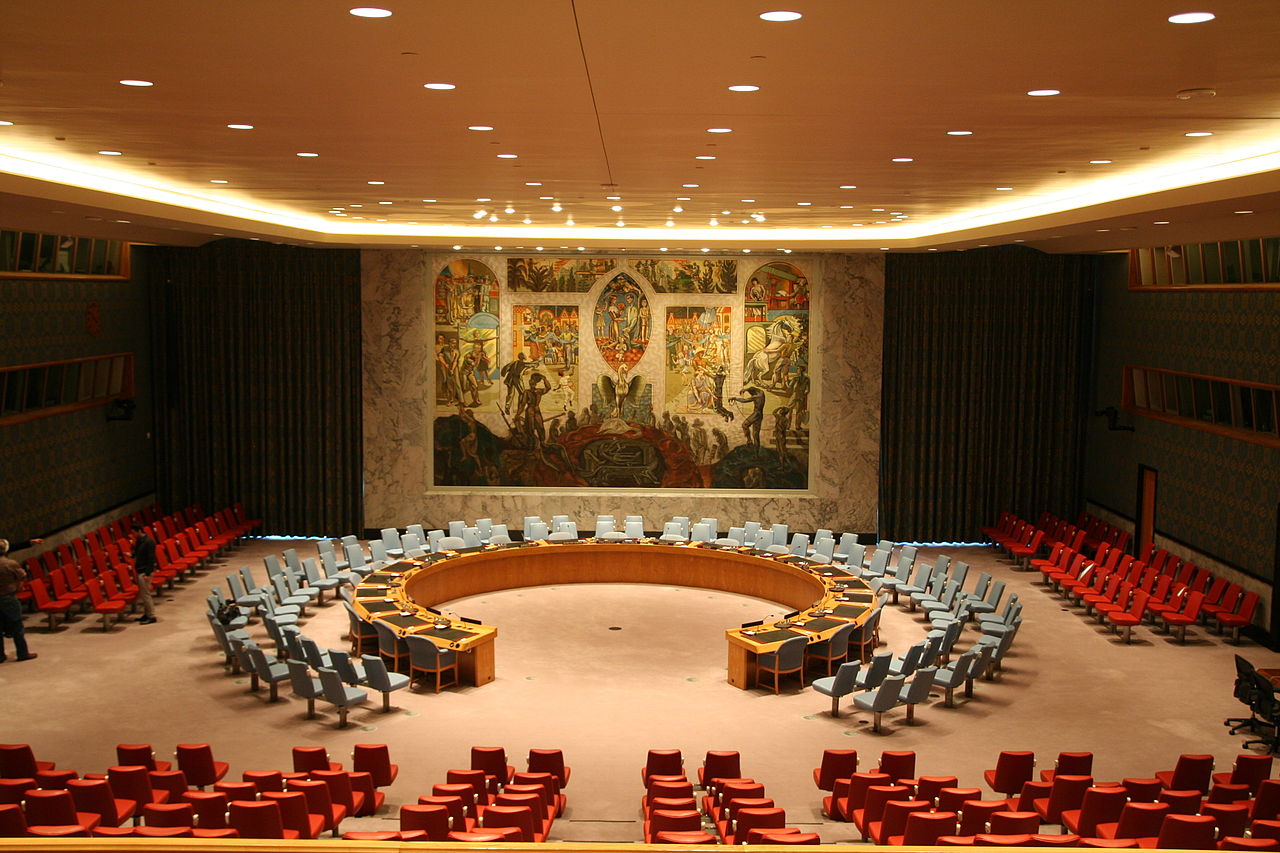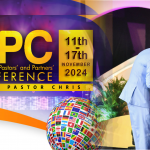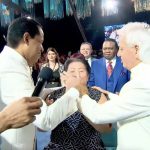
I wrote this piece in search of possible reasons why efforts to modernize or reform a principal organ of the United Nations (UN), the Security Council, has not yielded practical fruits within the last twenty years. To adequately comprehend the “why” behind which the Security Council has stood resistant to reform for so long a time it is helpful to understand the roots of the reform movement and some of the challenges faced prior to 1991-2011 period. I will begin with a summary background of the reform movement.
Background
“At San Francisco and ever since, no reform issue has attracted nearly the high-level attention, public interest, or partisan passion as the matter of changing the composition, decision/making rules, and working methods of the Security Council” (Luck, 2007). This quote by Edward C. Luck confirms the almost painful desire for reform of the Security Council.
Thomas G. Weiss points out that after the Second World War, the founders of the UN purposefully shared member rights by two main actions regarding the organizational structure. First was the establishment of a General Assembly that shared member rights equally among member states and the second action was the formation of a Security Council which unlike the General Assembly and in contradiction to the principle of equality enshrined in Article 2(1) of the UN Charter gave more power to the “Great Powers” namely the United States, the Soviet Union, France, the United Kingdom, and China. The founders gave the Great Powers these special rights such as eternal seats in the Security Council and the right of a Veto. This compromise made the five nations known as the Permanent 5 (P5) more influential than others. This destruction of the principle of equality upon which multilateral discourse was to be enthroned undermined the legitimacy of the UN right from its founding. But why did the founders allow it? This inequality was undertaken as a trade-off of sorts because the founders of the United Nations saw this as a prerequisite or necessary sacrifice to get the “Great Powers” onboard this new project—the formation of a successor to the League of Nations called the United Nations (Weiss, 2003). The League of Nations failed in its mission partly because of a lack of support from the United States of America. The founders of this new world body did not want a repeat of history by starting an International Organization without the support of the “Great Powers” of that epoch. Hence this deal of 1945 was stuck ensuring this unequal organizational structure of the P5 within the wider organizational structure of the UN that espouses equality of all nations.
According to Thomas G. Weiss, there were efforts to convene a review conference to address the inequality in the organizational structure but these were widely unproductive because the P5 simply resisted such efforts and made clear their intention to protect their monopoly of power.
Due in part to the success of the UN, by 1963 there was an increase in its membership owing to the decolonization process. Many of these new members were Asian or African. Soon these new members started to agitate for the reform of the Security Council to better reflect the changes that had taken place in the world and its membership.
Desire for reform 1991 – 2011
Of the founding 51 member states only 11 were members of the Security Council in 1945 with 5 being permanent members with the remaining 6 having non-permanent status. In 1964, after the process of decolonization had increased the membership some more, the Security Council membership was extended from 11 to 15. The additional 4 were non-permanent members. The P5 retained their permanent seats.
From 1963 up until 1991, the membership of the United Nations rocketed to a whopping 166 member states. That means by 1991, the initial membership of 51 had over tripled. Like in 1963/64, the increase caused member states to agitate for a reform of the Security Council taking into account the growth of membership. Some states felt a further expansion of the seats in the Security Council will improve the representation of the ever-growing member states. However, to achieve this, the Charter in Article 108 stipulates that two-thirds of the General Assembly and the entire P5 must be in agreement (Müller, 2005).
1991 marked the end of the term of the then Secretary-General Javier Pérez de Cuéllar of Peru (1982-1991) and ushered in that of Boutros Boutros-Ghali (1992-1996) (Department of Public Information, 2008). By this time, the Cold War had ended and the UN could turn attention to reform initiatives. Studies had been conducted prior to this time by “government-sponsored efforts, and proposals by heads of government, groups of ambassadors, non-governmental organizations and individual experts”. These were handed to the new Secretary-General Boutros Boutros-Ghali when he took office in 1992 i.e. two decades ago (Müller, 2005). The onus now fell to him to do what something about these requests from member states.
An additional contributing factor to the demand for reform was the increasing peace and security issues that arose during this time to draw attention to the Security Council as the principal organ responsible for peace and security issues within the UN system.
For instance, in 1991 Iraq invaded Kuwait, and the UN through the Security Council had to step in by giving the go-ahead to a coalition of member states to use “all necessary means” (in essence authorizing military action if necessary) to restore the sovereignty of Kuwait. In the same year, the same authorization was given “to establish a secure environment for humanitarian relief operations in Somalia”. In 1994 in relation to Rwanda, it was again given “to contribute to the protection of civilians at risk in Rwanda” and “to restore the democratically elected government in Haiti…These actions, though sanctioned by the Security Council, were entirely under the control of the participating states” (Department of Public Information, 2008). What the book, “United Nations Today” refers to as authorized military actions by the Security Council, Joachim Müller calls interventions and lists them as follows, “Liberia (1990), northern Iraq (1991), Somalia (1993), Haiti (1994), Rwanda (1994), Bosnia (1995), Sierra Leone (1997) and East Timor (1999)”. He states that each had a different success rate (Müller, 2005).
On September 11, 2001, the USA suffered a terrorist attack which led to them declaring a War on terror. The inability of the Security Council to reign in the USA and keep it from what has been called Unilateral undertakings against sovereign states such as in Iraq and Afghanistan have also called into question the competence of the Security Council in restraining its P5 members from Unilateral aggression. Before 2001, the focus of reform had to do with the credibility of the Council, the openness of its operations and its willingness to share power with other member states. But after 2001, the focus shifted to competence and ability (Weiss, 2003).
Another point is that the Council does not reflect the distribution of the 21st Century power structure of the world. For example, it does not make room or take into account emerging economies.
All of the cases in favour of reform notwithstanding, the P5 has still not relented to the possibility of extending its permanent status to other emerging World powers such as Brazil, India and China. Why is this?
Reasons why UN Security Council reform has been unsuccessful
The only way to reform the Council is by amending the Charter and a reason for the lack of reform of the Security Council is the unwillingness of the P5 and other member states to tamper with the UN Charter. This can be deduced from the fact that since its ratification over 60 years ago, it has only been amended 3 times (Weiss, 2003).
Thomas G. Weiss explained the desire for reform and its failure to materialize in the following words, “The history of reform efforts geared toward making the Security Council more reflective of growing UN membership and of changing world politics since the organization’s establishment conveys the slim prospects for meaningful change.” (Weiss, 2003).
A possible strong motivation for safeguarding their permanent seats and monopoly of power through the Veto right is a probably to justify this monopoly using an argument of equity or fairness. The P5 helped win the war and were the greatest contributors of funding to this new organization. In addition, after the war, they were the strong economies of the world. And for this reason, they felt the need to have more authority within the United Nations. This nevertheless is a flagrant departure from Article 2 of its Charter, subsection 1 which declares that “The Organization is based on the principle of the sovereign equality of all its Members” (United Nations, 1945).
Apparently, this is just theory because in practicality, “some states are more equal than others”.
Another possible strong motivation for safeguarding their permanent seats is the uncontested ability to safeguard individual national Interests whiles vetoing threats to these Interests.
It is sad to consider that in today’s civilized world, we do not have equality even in a place like the UN which is supposed to be championing equality and multilateral decision making for governments. Understandably the United States of America foots a lot of the UN bills and hence she uses this and her permanent seat to get her way but is this right, just and fair?
One wonders how the UN will metamorphose as the U.S. loses its monopoly of the UN. This will transpire sooner or later as the U.S. has begun losing global economic and political ground to China and other emerging nations. Soon the biggest contributor to the UN will be China. What will a UN with China at the helm of affairs look like? Will China introduce the long-awaited reform that makes the UN more equality oriented or will she just tow the line of the hegemon she replaced?
Bibliography
Department of Public Information. (2008). The United Nations Today – (formerly Basic Facts about the UN). New York: United Nations Department of Public Information.
Luck, E. C. (2007). Principal Organs. In T. G. Weiss, & S. Daws (Hrsg.), The Oxford Handbook on the United Nations (illustrated Ausg., S. p.659). Oxford University Press. doi:10.1093/oxfordhb/9780199560103.001.0001
Müller, J. (2005). Reforming the United Nations; The Struggle for Legitimacy and Effectiveness (1 Ausg., Bd. Vol.5). (J. Müller, Hrsg.) Leiden/Boston: Martinus Nijhoff Publishers.
United Nations. (1945). Charter of the United Nations. San Francisco.
Weiss, T. G. (AUTUMN 2003). The Illusion of UN Security Council Reform. The Washinton Quarterly, p.148.






